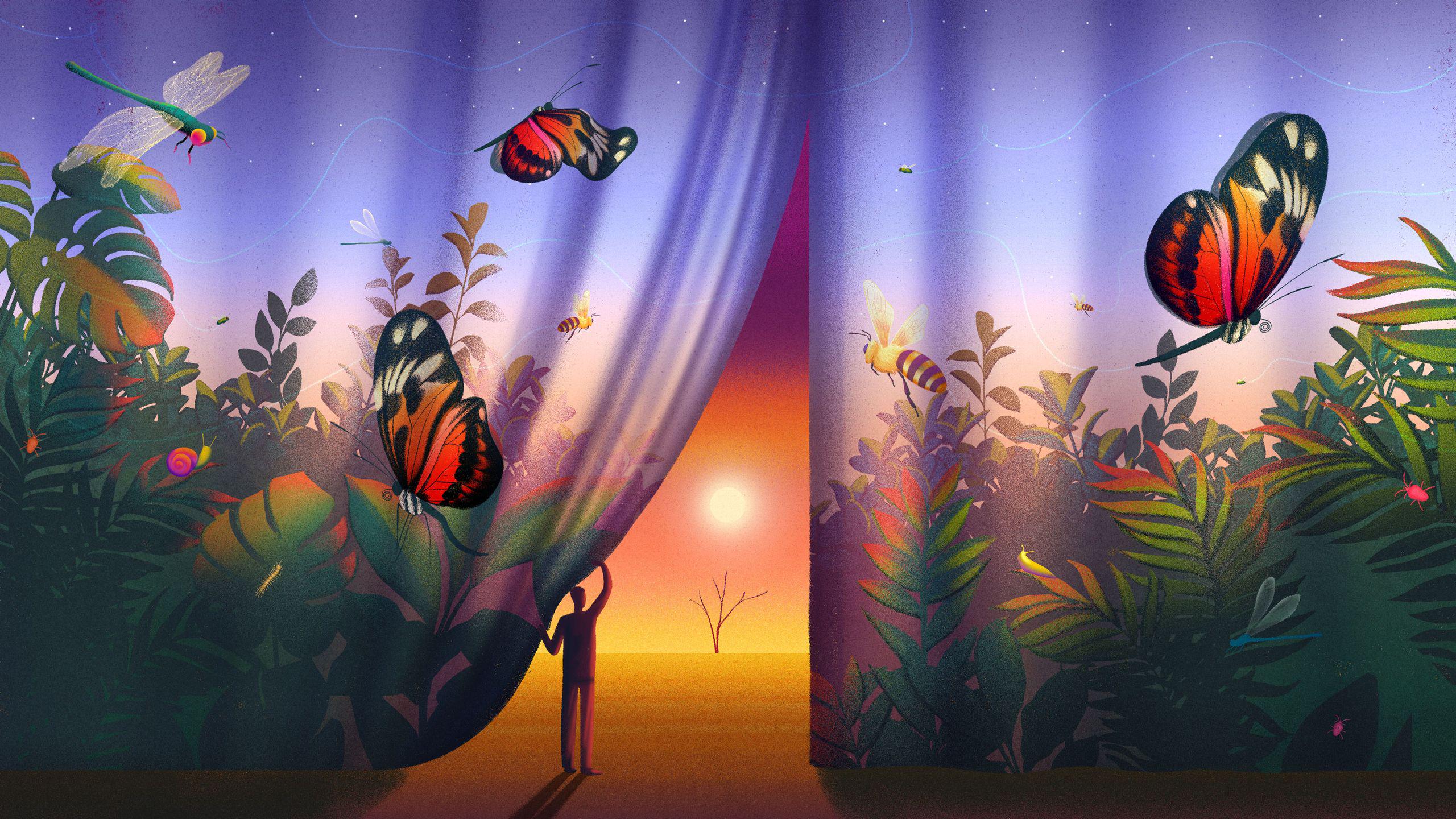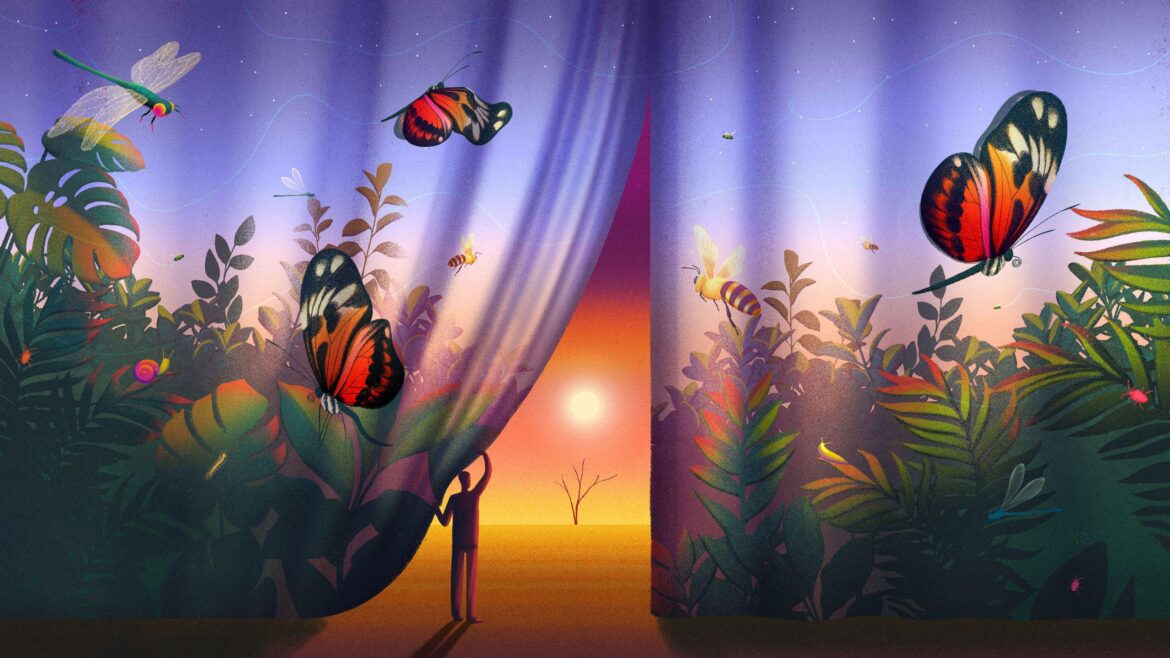
I'm excited to see more folks getting into growing some of their own veggies! It is definitely a bit of a learning curve, and honestly there is a LOT to learn.
I know most of us here are interested in growing plants/fruit we can actually eat, and so are maybe less focused on showier blossoms or whatever.
But your plants need pollinators to make fruit and seeds! Do you want to have to hand pollinate your squash blossoms? Trust me, it's much more fun to watch bees do it for you.
There's a global decline in insect populations , and it impacts the cost and availability of produce at your grocery store, too.
So what can you as a home gardener do about this? Lots of people have probably written better guides than this, but for a start:
leave your leaves over the winter (many insects like fireflies lay their eggs in the leaves). Cover your garden beds, spread them under trees, whatever.
reduce pesticide use. Positively identify pests before spraying, and try to avoid spraying on windy days.
plant native plants! (Native to your area, obviously)
plant some things that will bloom in early spring and late fall, to help feed pollinators during times of relative scarcity.
set up a bee water station using a shallow dish and some pebbles. Dump and refill it regularly to prevent mosquito larvae from doing their thing.
If you're like me and have a limited gardening budget, I highly recommend checking local plant swaps and gardening groups for affordable native plants. I just got a bunch of free swamp milkweed seeds, which I'm planning to winter sow starting in January. Anything I don't have room for is going directly to a local plant swap.
by UntoNuggan


3 Comments
Its funny because i started gardening to feed myself, then learned how important flowers are for pollination,set up a pollinator garden, then started adding more and more flowers around the border, now im a little flower farm and veggies became secondary. Seeing bees,hummingbirds, butterflies, moths and birds enjoying the garden brings me so much joy its impossible to put into words.
Try planting verbena bonariensis. It has been my go-to top pollinator food the past 35 years and I’ve only had to rebuy seeds once. It self-seeds readily but is easily controlled and tranplants very easy. It also allows a lot of light to pass through it to plants below. The indivdual flowers are tiny and flower constantly. The pitcher shaped flowers allow easy access to loads of pollen or sap for insects, butterflies and hummingbirds, Hihgly recommended
https://preview.redd.it/258lw01xlo2g1.jpeg?width=1136&format=pjpg&auto=webp&s=5ab5f0b3477c638d3ceb5805ca4c005f165b5c4a
My garden contains a mix of fruits, vegetables, wildflowers, trees, plus a few things I grow for family tradition. I use the leaves that drop onto my property and the street for winter mulch, and take some off the neighbors’ curbs besides. I keep water out for wildlife when it’s warm enough that it doesn’t freeze.
But I live in a city, so most of the surroundings yards and parks are grass. It’s sort of depressing. The insect life cuts off at my property line. There’s also far less diversity of insects and birds overall than there was even ten years ago. Some community gardens and prairie restoration happens in my city, but it’s small and dependent on volunteers for upkeep.